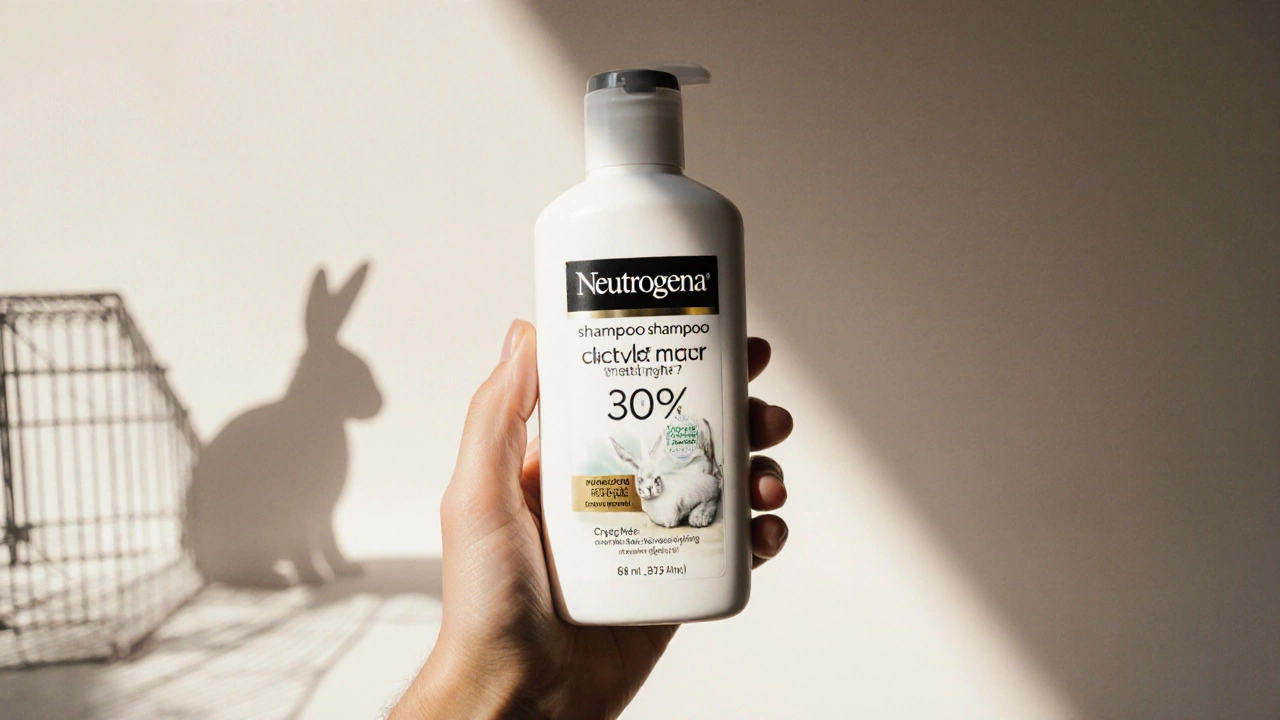Neutrogena cruelty‑free: ethical beauty explained
When you’re hunting for skin‑care that respects animals, look at Neutrogena cruelty‑free, the line of Neutrogena products formulated without any animal testing. Also known as Neutrogena’s animal‑friendly range, it sits within the wider world of cruelty‑free cosmetics, beauty items that are created without testing on animals. The opposite concept, animal testing, the practice of using live animals to evaluate product safety, is increasingly shunned by regulators and shoppers alike.
Why cruelty‑free matters in today’s beauty market
Consumers today demand transparency, and Neutrogena cruelty‑free products answer that call. The central idea is that cruelty‑free products encompass ethical beauty, meaning they combine effective formulas with a pledge to avoid animal harm. Brands that go this route also tend to require rigorous alternative testing methods, which often result in safer ingredients for people. This shift isn’t just a trend; it’s a response to a growing awareness that animal welfare influences buying decisions.
Neutrogena’s parent brand has built its reputation on dermatologist‑backed science. The brand’s mainstream lines undergo extensive lab testing, but the cruelty‑free sub‑range follows a stricter rule: no animal testing at any stage. That distinction shows how a large, research‑driven company can still align with ethical standards. In practice, the Neutrogena brand requires validation through in‑vitro and computer‑modeled studies, which many consumers view as a win‑win for safety and compassion.
Regulatory frameworks reinforce this movement. The European Union bans animal testing for cosmetics, and many other regions are tightening rules. These regulations influence product development, pushing brands to adopt cruelty‑free methods. When laws change, companies like Neutrogena adapt faster if they already have a cruelty‑free line, giving them a competitive edge.
Animal welfare groups track which brands truly avoid animal testing. A brand’s cruelty‑free claim is only as good as its verification. Certifications from organizations such as Leaping Bunny or PETA add credibility, turning a simple label into a trusted promise. This verification process connects the concept of cruelty‑free cosmetics to real‑world accountability.
For shoppers, spotting a genuine cruelty‑free product can feel like a puzzle. Look for clear logos, read ingredient lists, and check if the brand discloses its testing policy. When a product carries the Neutrogena cruelty‑free badge, you can safely assume it meets both safety standards and animal‑friendly criteria. That assurance helps you make quick, confident choices without diving into deep research each time.
Beyond Neutrogena, the beauty world is packed with ethical options. Brands like ELF have faced scrutiny over their cruelty‑free claims, while others such as CoverGirl continue to evolve their policies. Understanding how each brand navigates animal testing helps you compare and pick the best fit for your values. This context also frames the collection of articles you’ll find below, which cover everything from product safety to industry trends.
In the list that follows, you’ll discover deep dives into cosmetic safety, luxury makeup, morning skincare routines, and more. Each post ties back to the core ideas of cruelty‑free beauty, responsible sourcing, and smart buying. Use this guide as a springboard to explore how Neutrogena cruelty‑free fits into the larger ethical beauty landscape and to find practical tips for building a compassionate, effective skincare routine.

